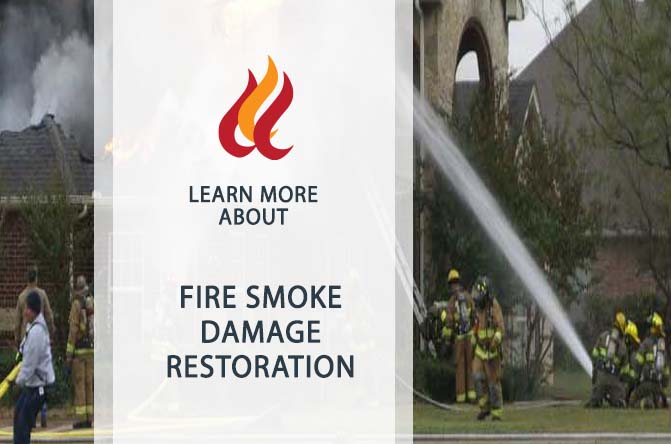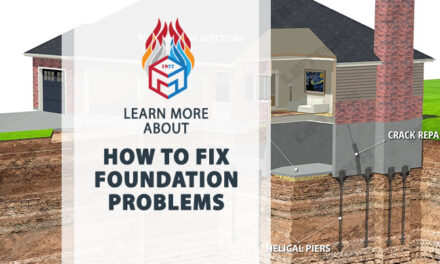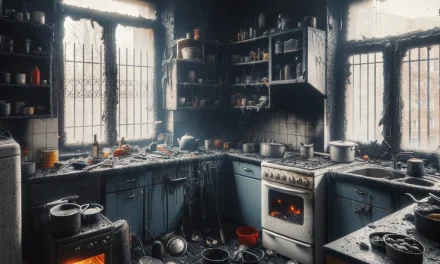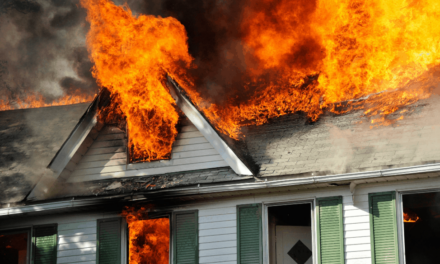Effective Fire Mitigation Strategies for Quick Relief
Fires can be devastating, especially when they spread quickly and cause extensive damage. Whether it’s a wildfire threatening your property or a house fire due to an electrical fault, being prepared with effective fire mitigation strategies can help reduce damage and ensure a quicker recovery. Fire mitigation is a proactive approach to minimizing the impact of fires. In this article, we’ll explore essential strategies for quick relief and long-term protection.
fire mitigation:What is Fire Mitigation?
Fire mitigation involves taking preventative measures to reduce the risk of fire damage and minimize its impact on properties and lives. Unlike firefighting, which is a reactive response, mitigation is proactive. It focuses on creating safer environments by implementing measures such as defensible space, fire-resistant materials, and fire breaks. Effective fire mitigation strategies ensure that in the event of a fire, it is easier to manage and less likely to cause widespread damage.
Step 1: Create Defensible Space Around Your Property
One of the most effective fire mitigation strategies is creating defensible space around your property. This is the area where vegetation and materials that could catch fire are cleared to slow down or stop the spread of fire. The goal is to create a buffer zone between your property and potential fire hazards. A defensible space provides firefighters with a safer zone to work in and reduces the chances of the fire reaching your home. This strategy involves:
- Trimming trees and shrubs near your home.
- Removing dry leaves, grass, and other combustibles.
- Using fire-resistant plants and landscaping materials.
Step 2: Use Fire-Resistant Materials in Construction
Another key fire mitigation strategy is using fire-resistant materials during construction or renovation. Choosing materials that are less likely to catch fire can dramatically increase your property’s resilience to wildfires or other fire events. Fire-resistant roofing, siding, windows, and doors can help prevent a fire from entering your home and spreading quickly. Materials such as brick, concrete, and metal are excellent choices for fire-resistant construction.
Step 3: Maintain Firebreaks and Fire-Resistant Zones
Firebreaks are gaps in vegetation or other combustible materials that help prevent the spread of fire. Fire mitigation strategies often involve the creation of firebreaks along the perimeter of a property or between structures in areas prone to wildfires. These fire-resistant zones help stop the fire from reaching homes or important infrastructure. Regular maintenance of firebreaks, such as removing dry brush or clearing trees, ensures they remain effective during fire season.
Step 4:fire mitigation: Implement Fire Detection and Suppression Systems
Early detection and suppression systems are essential in reducing fire damage. Fire alarms and sprinkler systems are critical fire mitigation tools that can save lives and reduce property damage. Installing smoke detectors and fire sprinklers inside your home can provide early warning and prevent the fire from spreading uncontrollably. Additionally, exterior fire suppression systems like sprinklers or hoses can protect the property from fire before it gets too close.
Step 5: Create an Emergency Evacuation Plan
While fire mitigation efforts reduce the chances of a fire spreading, having an emergency evacuation plan in place is crucial. An evacuation plan ensures that you and your family know exactly what to do and where to go in the event of a fire. The plan should include:
- Designated escape routes from the home and property.
- Meeting points outside the danger zone.
- Instructions on how to safely evacuate pets and essential items.
Step 6: Regular Maintenance and Inspection
Routine maintenance and inspection are integral to any effective fire mitigation strategy. Regularly check fire alarms, sprinkler systems, and fire extinguishers to ensure they are working correctly. Additionally, inspect the property for any new fire hazards, such as dry brush, overgrown trees, or clogged gutters that may trap flammable materials. Consistent upkeep of these systems and areas will help maintain a fire-resistant environment year-round.
Why Fire Mitigation is Critical for Long-Term Safety
Fire mitigation is not just about preparing for one event but ensuring long-term safety. By implementing strategies, you are creating an environment that is less vulnerable to fires and better able to handle them when they do occur. It’s essential to view fire mitigation as an ongoing effort, making improvements and adjustments as new risks or concerns arise. Properly mitigating fire risks can reduce damage, improve recovery time, and increase overall safety for your family and property.
Conclusion
Effective fire mitigation strategies can make a significant difference in how well your property stands up to fire risks. From creating defensible space around your property to implementing fire-resistant construction materials, each step plays a vital role in reducing the potential impact of fire. Early detection, fire suppression, and regular maintenance further strengthen your defense against fires. By taking proactive measures, you can ensure that you are prepared for quick relief in the event of a fire, protecting both your property and your loved ones from harm. Call 800.298.0900 for fast and expert help.




